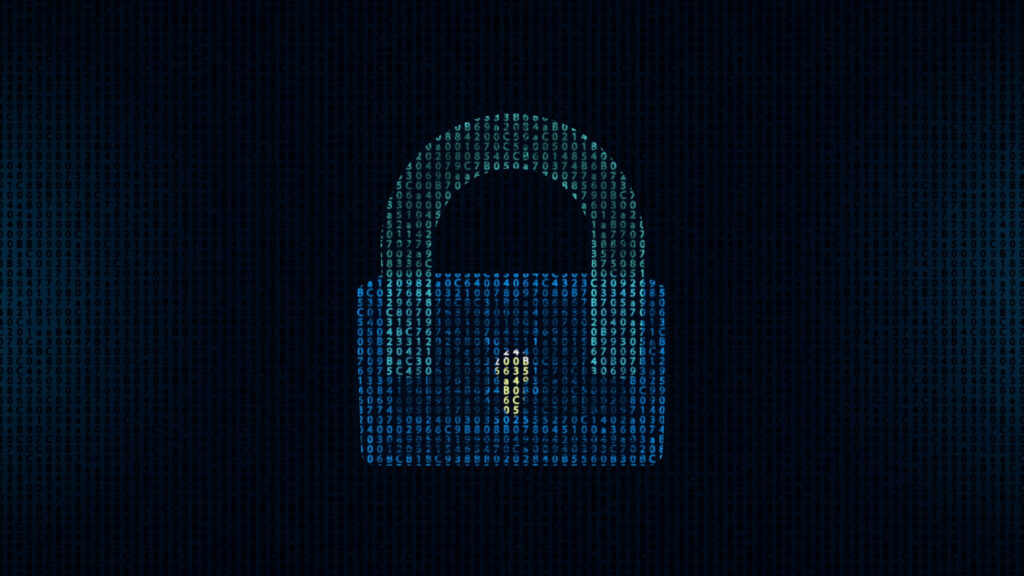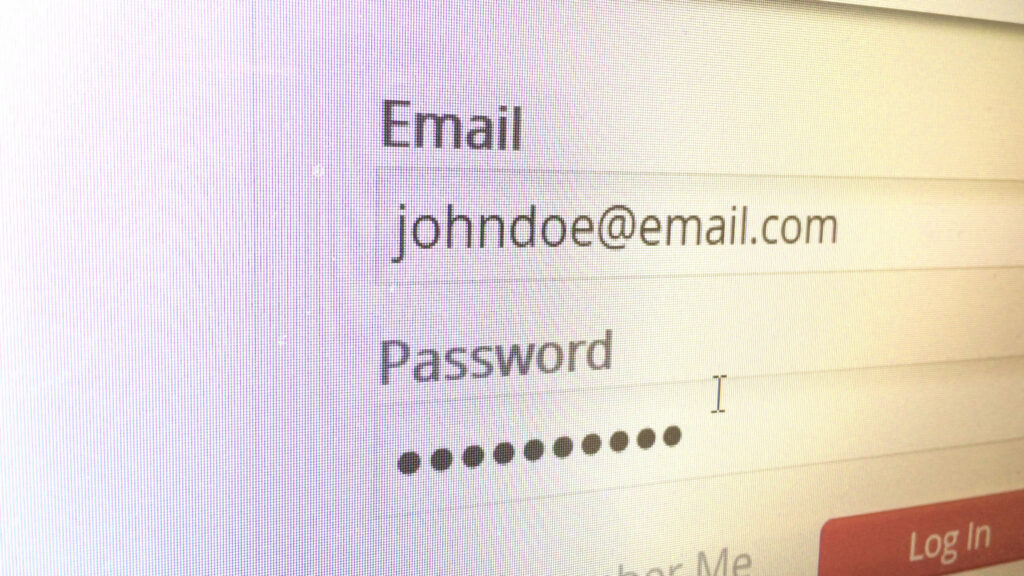- Home
- /
- Understanding digital exhaust and why it matters for your safety
What is digital exhaust?
Digital exhaust refers to the trail of data that people leave behind through their everyday digital activities, often without realizing it. This includes information generated from:
Direct activities:
- Web browsing history and search queries
- Social media posts, likes, and interactions
- Online purchases and transaction records
- Location data from mobile devices and GPS
- Email communications and messaging
Passive data collection:
- Cookies and tracking pixels on websites
- App usage patterns and screen time
- Device metadata (IP addresses, device IDs, operating systems)
- Sensor data from smartphones (accelerometer, gyroscope)
- Digital timestamps and interaction patterns

The term “exhaust” is used because this data is typically a byproduct of other activities, just like how a car produces exhaust as a side effect of driving. Most people don’t set out to create this data trail; it’s generated automatically as they go about their digital lives.
This digital exhaust has become incredibly valuable for companies doing data analytics, targeted advertising, market research, and behavioral prediction. It’s also a privacy concern since it can reveal intimate details about people’s habits, preferences, relationships, and daily routines, often in ways they never intended to share.
The concept highlights how our digital interactions create a persistent, detailed record of our lives that extends far beyond what we consciously choose to share online.
Digital Exhaust vs. Digital Footprint
Digital exhaust and digital footprint are closely related concepts, but there are some subtle distinctions:
Digital Footprint = Broader, More Intentional Trail
- The overall record of your online presence and activities
- Includes both active and passive data creation
- More comprehensive – encompasses everything you do online
- Often includes data you’re more aware of creating
- Examples: social media profiles, blog posts, online purchases, website registrations, search history
- Generally refers to the complete picture of your online identity
Digital Exhaust = Passive, Byproduct Data
- Specifically the data created unintentionally as a side effect of digital activities
- Emphasizes the automatic, background nature of data generation
- Often data you’re less aware you’re creating
- Examples: location tracking, device metadata, browsing patterns, click-through rates, sensor data
- Focuses on the byproduct aspect – like exhaust from a car

The big difference? Your digital footprint is the umbrella term for your entire online presence. Digital exhaust is a subset focusing on the passive, automatic data generation
Think of it this way. Your digital footprint is like all the tracks you leave walking through snow (some intentional steps, some accidental). Your digital exhaust is specifically the accidental tracks – the ones you didn’t mean to make.
In practice, these terms are often used interchangeably, but digital exhaust tends to emphasize the unintentional, passive nature of modern data collection.

Is digital exhaust dangerous?
Digital exhaust isn’t inherently dangerous, but it does create significant risks that many people underestimate. The danger lies not in the data itself, but in how it can be collected, combined, and used.
Primary Risks
Privacy Invasion – Your digital exhaust reveals intimate details about your life like daily routines, relationships, health conditions, financial status, political views, and personal struggles. This information can be far more revealing than what you consciously choose to share.
Identity Theft and Financial Fraud – Combining multiple data points from your digital exhaust can help criminals impersonate you, access your accounts, or build detailed profiles for sophisticated scams.
Discrimination and Bias – Employers, insurers, landlords, or lenders might use your digital exhaust to make decisions about you – potentially leading to unfair treatment based on algorithmic profiling or biased interpretations of your data.
Stalking and Harassment – Location data, social connections, and behavioral patterns in your digital exhaust can enable stalkers or abusers to track and harass you.
Systemic Dangers
Manipulation and Influence – Your digital exhaust helps create detailed psychological profiles used for targeted advertising, political manipulation, or social engineering attacks.
Data Breaches – When companies holding your digital exhaust data get hacked, years of personal information can be exposed simultaneously.
Government Surveillance – Authoritarian governments can use digital exhaust for social control, political persecution, or mass surveillance programs.
Permanent Records – Unlike physical evidence, digital exhaust persists indefinitely and can be used against you years later in changed circumstances.
Why It’s Particularly Concerning
Volume and Detail – The sheer amount of data generated passively is staggering and often more revealing than what people share intentionally.
Lack of Awareness – Most people don’t realize how much data they’re generating or who has access to it.
Data Aggregation – Individual data points seem harmless, but when combined, they create comprehensive profiles of your life.
Power Imbalance – You have little control over how your digital exhaust is collected, stored, or used.
Real-World Consequences
- People denied jobs based on algorithmic screening of their online activity
- Insurance rates increased based on shopping or browsing patterns
- Domestic abuse victims tracked through location data
- Financial scams using personal details gathered from data brokers
The Balanced Perspective
Digital exhaust isn’t immediately dangerous like a physical threat, but it creates long-term vulnerability. The risks are often invisible until something goes wrong – a data breach, discriminatory decision, or malicious use of your information.
The danger is similar to leaving your house unlocked. Nothing bad might happen immediately, but you’re unnecessarily vulnerable. The key is understanding these risks and taking reasonable precautions to protect yourself while still enjoying the benefits of digital technology.
Most people benefit from taking some protective measures without becoming paranoid about every digital interaction.
How do you mitigate the risks of digital exhaust?
Mitigating digital exhaust risks involves reducing the amount of passive data you generate and limiting how that data can be used. Here are key strategies:
Browser and Search Protection
Use Privacy-Focused Tools:
- Switch to privacy browsers
- Install ad blockers and tracker blockers
- Enable “Do Not Track” settings and disable third-party cookies
Browser Settings:
- Clear cookies and browsing data regularly
- Use incognito/private browsing mode
- Disable location sharing and microphone/camera access for websites
- Turn off browser sync features that store data in the cloud

Mobile Device Controls
Location Services:
- Turn off location tracking for unnecessary apps
- Disable location history and timeline features
- Use “precise location” sparingly – choose approximate when possible
- Turn off Bluetooth and WiFi scanning when not needed
App Permissions:
- Review and limit app permissions (contacts, photos, microphone, camera)
- Disable app tracking and personalized ads in system settings
- Turn off background app refresh for data-heavy apps
- Regularly audit and delete unused apps
Social Media and Online Accounts
Account Management:
- Use privacy-focused settings on all platforms
- Limit profile visibility and data sharing
- Turn off activity tracking and ad personalization
- Regularly delete old posts, photos, and account data
Data Minimization:
- Avoid linking accounts across different platforms
- Use different email addresses for different services
- Don’t use social media logins for other websites
- Be selective about what you share and post

Network and Communication Security
Connection Protection:
- Use VPN services to mask your IP address and location
- Connect to secure WiFi networks only
- Use encrypted messaging apps instead of SMS
- Enable two-factor authentication to reduce account compromise risks
Device and System Settings
Operating System Controls:
- Disable telemetry and diagnostic data collection
- Turn off personalized ads and recommendations
- Limit cloud syncing of personal data
- Use local storage instead of cloud services when possible
- Regular software updates to patch privacy vulnerabilities
Financial and Shopping Privacy
Payment Methods:
- Use privacy-focused payment methods or prepaid cards
- Avoid loyalty cards that track purchases
- Shop without logging into accounts when possible
- Use cash for sensitive purchases
Email and Communication
Email Privacy:
- Use encrypted email services
- Create separate email addresses for different purposes
- Avoid email tracking by disabling image loading
- Unsubscribe from unnecessary mailing lists
Data Rights and Requests
Legal Protections:
- Exercise your right to data deletion (GDPR, CCPA)
- Request data downloads to see what companies have collected
- Opt out of data broker services
- File complaints with privacy regulators when appropriate
General Digital Hygiene
Regular Maintenance:
- Conduct periodic “digital detoxes” and account cleanups
- Review privacy settings quarterly
- Use password managers to avoid reusing credentials
- Monitor your digital footprint through search engines
The key is being intentional about your digital activities rather than passively accepting default settings that maximize data collection.
While you can’t eliminate digital exhaust entirely in modern life, these measures significantly reduce your exposure and give you more control over your personal data.
Inevitably, everyone produces digital exhaust during everyday life that criminals exploit. Schedule a demo to see how VanishID can help.

Schedule a VanishID Demo Today
Monitor your exposed digital footprint, remove personal identifiable information and monitor the dark web for exposed passwords and information.

